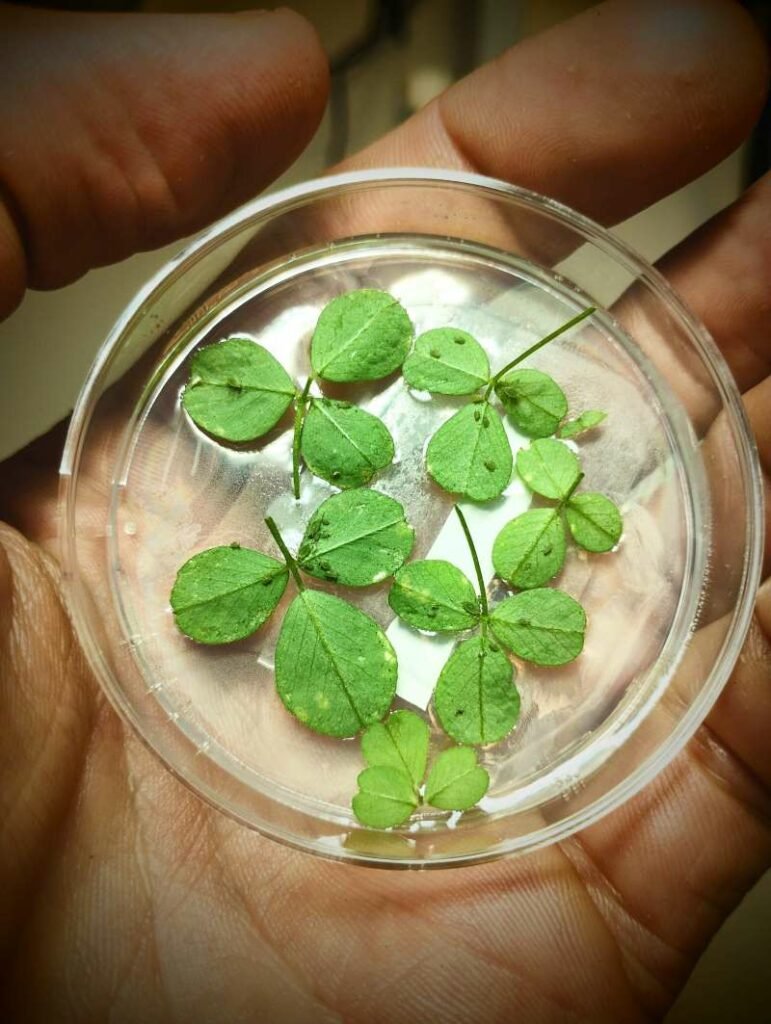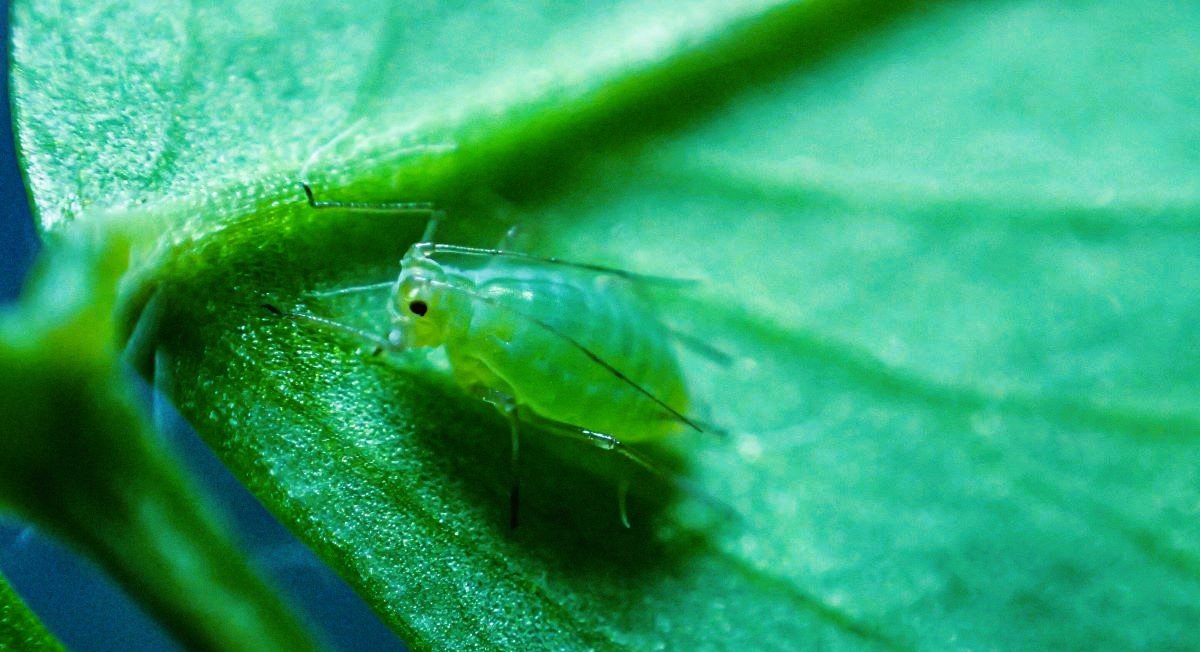Researchers from Cesar Australia have documented the first-ever case of insecticide resistance in field-collected populations of the bluegreen aphid, Acyrthosiphon kondoi (A. kondoi), a significant agricultural pest. This discovery, published in Pest Management Science, signals a potential global threat to crop production.
Bluegreen aphids are widespread pests affecting legumes across the U.S., South America, Asia, Europe, Africa, and Australia. They inflict damage by feeding on the upper leaves, stems, and terminal buds of plants. Additionally, they indirectly harm crops by transmitting plant viruses, including cucumber mosaic virus and bean yellow mosaic virus, which can stunt plant growth and reduce the yield of the infected plants.
Evatt Chirgwin, an evolutionary biologist at Cesar Australia and the study’s lead author, initiated this research in response to Australian growers’ reports of conventional insecticides failing to control A. kondoi populations. Historically, Australian growers have depended on two types of insecticides – organophosphates and carbamates – to protect their legume crops from these pests. However, recent field observations in Southern Australia revealed these insecticides were no longer effective, indicating the possible evolution of resistance in A. kondoi.
The research team collected A. kondoi populations from lentil and alfalfa fields across Victoria, South Australia, and New South Wales, where insecticide control failures were reported. The researchers cultivated these aphids under controlled laboratory conditions to ensure a representative sample from each field population. They then conducted bioassays using six different insecticides, including those commonly used in Australia for A. kondoi control. The bioassays involved a leaf-dip method to expose aphids to various concentrations of each insecticide, allowing the team to assess resistance levels accurately.


To delve into the mechanisms behind this resistance, the team used synergists – substances that can enhance the effectiveness of insecticides. They tested three synergists known to inhibit detoxification gene families in other insect species, thereby potentially increasing the aphids’ sensitivity to insecticides. The study’s analysis was thorough, using binomial logistic regression to model aphid mortality across different insecticide exposures. This statistical approach, along with additional tests, enabled the researchers to determine the lethal concentration of each insecticide and compare resistance levels among the aphid populations.
A surprising find was the resistance to pyrethroids, as their use for A. kondoi control in Australia is limited. The researchers now believe that A. kondoi populations are regularly exposed to pyrethroid-based insecticides used for controlling other pests in pulse and pasture seed crops, thereby inadvertently selecting for resistance in A. kondoi. In other words, the aphids ‘accidentally’ evolved a resistance.
Interestingly, no resistance was found to flupyradifurone, a relatively new chemical introduced in the Australian market in 2016 and not registered against A. kondoi. While flupyradifurone might offer a new chemical option for controlling this pest in Australia, Chirgwin emphasized the importance of integrated pest management strategies to prevent further cases of insecticide resistance.
“Rotating between different types of insecticides can help ease the selection pressure placed on pest populations. As such, growers require multiple chemical options to rotate between for A. kondoi control and for these chemicals to be available at an economical rate,” Chirgwin explained. “Greater support of non-chemical control options can also provide alternative avenues to manage A. kondoi and reduce selection for insecticide resistance. Natural enemies (e.g., ladybirds & parasitoid wasps) provide an effective biocontrol option for many aphids. Alternatively, growers may use some crops (e.g., medics) where cultivars have been bred with plant resistance to aphid feeding.”
In very simple terms, farmers need to start mixing their pest killing options up to keep Mother Nature’s knack for evolution at bay.
The team is now mapping the spread of insecticide-resistant A. kondoi populations to provide region-specific management recommendations and investigating naturally occurring biocontrol options.
This finding marks a key issue when it comes to pest control and the growing of our food. While aphids and other pests still succumb to the poisons we dump on our crops, at least for now, scientists are starting to see the limitations of insecticides as a pest control measure. Basically, life finds a way.
MJ Banias is a journalist who covers security and technology. He is the host of The Debrief Weekly Report. You can email MJ at mj@thedebrief.org or follow him on Twitter @mjbanias.

